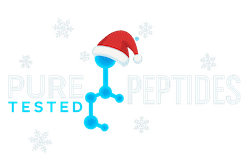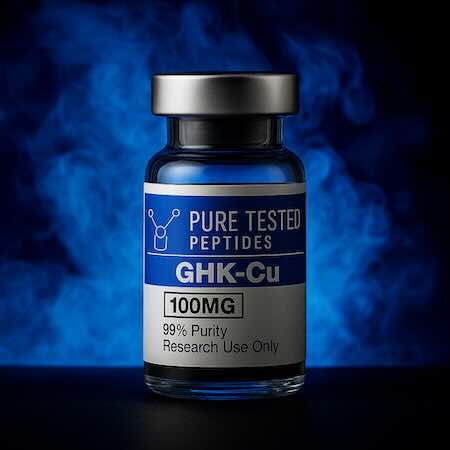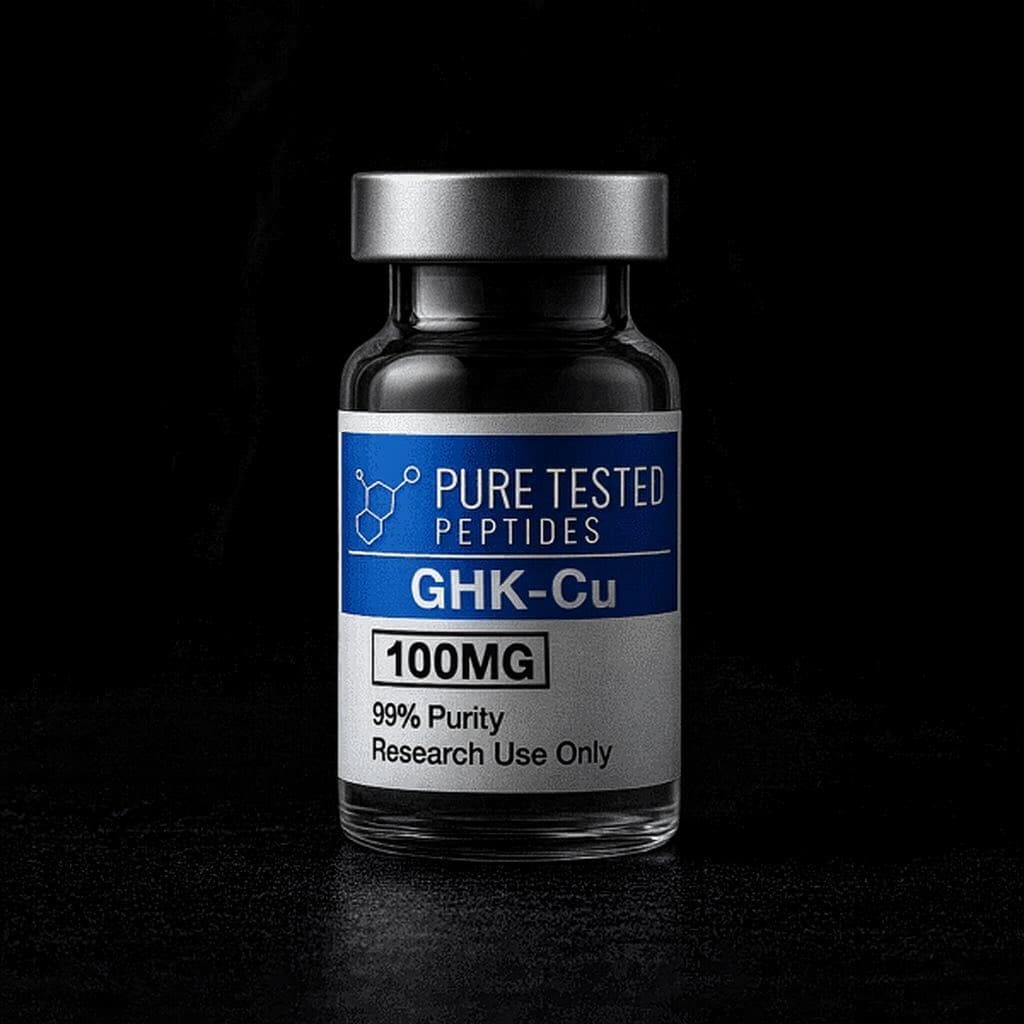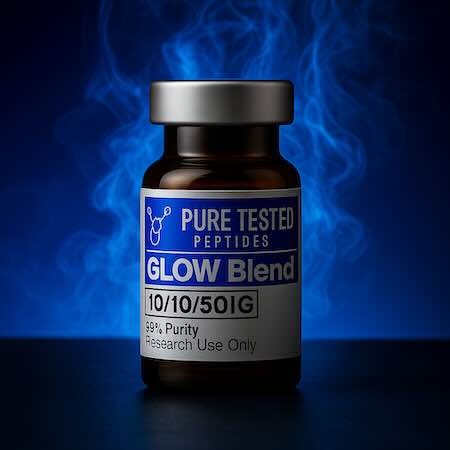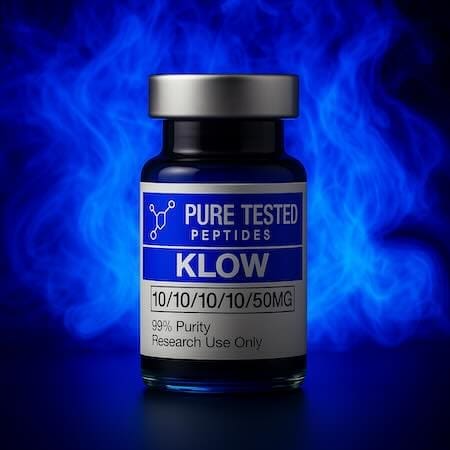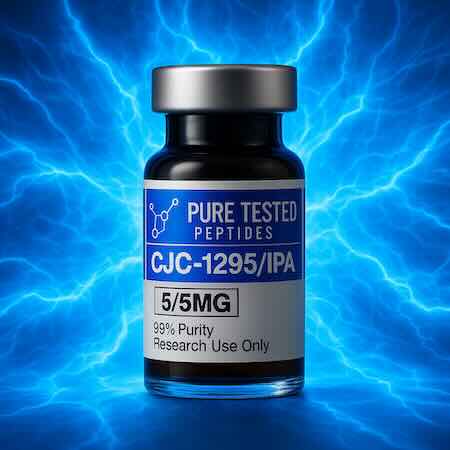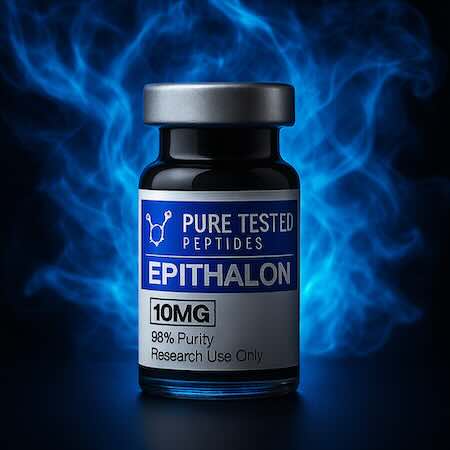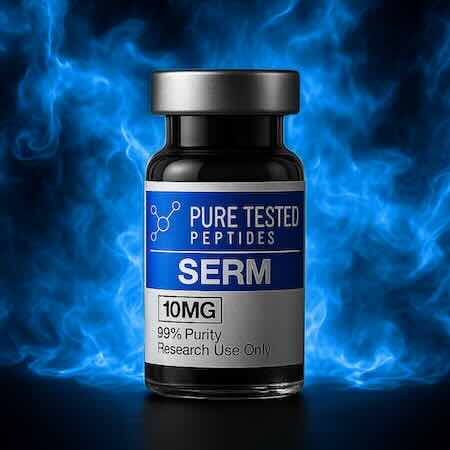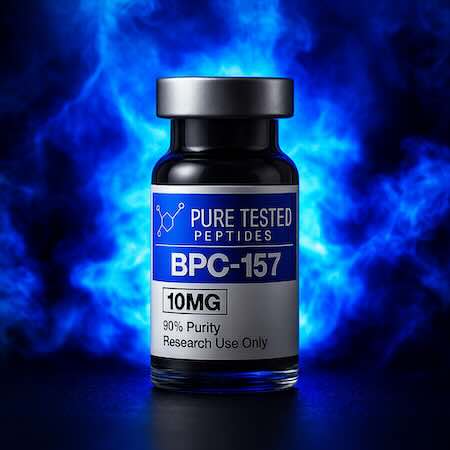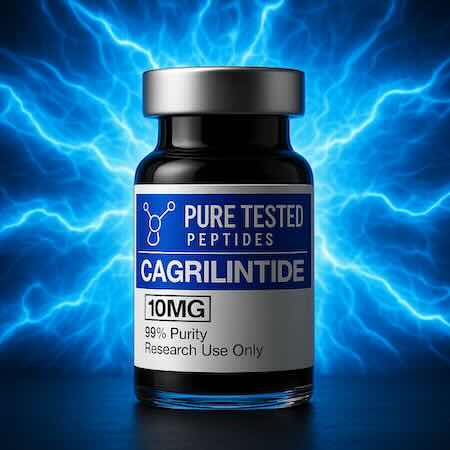Description
GHK-cu peptide for sale
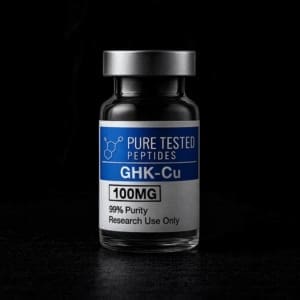
GHK-Cu is a natural peptide in human blood plasma, urine, and saliva. Research in animals reveals that GHK-Cu can improve wound healing, immune function, and skin health by stimulating collagen, fibroblasts and promoting blood vessel growth. There has been evidence that has shown that it acts as a feedback signal that is generated after tissue injury. It also suppresses free-radical damage and thus is a potent antioxidant.

GHK-Cu Peptide — Mechanisms & Research Highlights
Note: You wrote “CHK-Cu”; this summary covers the well-studied copper tripeptide GHK-Cu (glycyl-L-histidyl-L-lysine·Cu²⁺).
Where to buy GHk-cu peptides for sale
GHK-Cu is a naturally occurring copper-binding tripeptide complex (GHK chelated to Cu²⁺).
In research contexts, it is investigated for its roles in skin extracellular matrix (ECM) biology, cellular stress responses, and wound-model dynamics.
Across in vitro and preclinical models, GHK-Cu has been studied for its influence on gene expression programs related to matrix synthesis and remodeling, antioxidant defenses, and pathways associated with cellular senescence markers.
Products referenced are for research use only and not for human consumption.
Nothing herein should be interpreted as medical claims, treatment recommendations, or diagnostic guidance.
Key Chemistry of GHKcu peptide
- Name: GHK-Cu (Copper(II)–glycyl-L-histidyl-L-lysine)
- Class: Endogenous tripeptide–metal complex
- Features: High affinity for Cu²⁺; acts as a copper transporter and signaling modulator in research models
- Focus Areas: ECM signaling, oxidative stress responses, remodeling enzymes, and gene networks
Proposed Mechanisms (Research Context)
- ECM Modulation: Influences genes tied to collagen, elastin, and glycosaminoglycan balance; may support matrix organization and turnover in cell models.
- Metal-Mediated Signaling: Delivers bioavailable Cu²⁺ to copper-dependent enzymes and pathways (e.g., lysyl oxidase family) that participate in cross-linking and tissue architecture.
- Redox & Stress Response: Associated with upregulation of antioxidant defenses and dampening of pro-oxidant cascades in experimental settings.
- Inflammatory Tone: Literature reports signal-level moderation of inflammatory mediators in wound and skin models.
- Senescence Markers: Some studies explore effects on gene sets linked to cellular aging markers and proteostasis.
Research Highlights by Domain
Skin Biology
- Explored for supporting collagen & ECM organization in dermal fibroblast models.
- Investigated for skin appearance proxies in preclinical and cosmetic-science contexts (texture, firmness, visible tone) without making therapeutic claims.
- Assessed for potential effects on antioxidant capacity and barrier-related proteins in vitro.
Longevity Markers
- Gene-network studies report modulation of stress-response and proteostasis pathways.
- Examined for impacts on cellular senescence indicators in laboratory systems (e.g., SA-β-gal, SASP-related transcripts).
- Investigations focus on cell health proxies rather than clinical outcomes.
Wound Models
- Preclinical wound literature explores re-epithelialization dynamics and matrix remodeling.
- Reported influences on growth-factor signaling and inflammation resolution in animal or ex vivo models.
- Emphasis on mechanistic endpoints and histological markers—not medical use claims.
Why Researchers Study GHK-Cu
- Endogenous origin with copper delivery capacity.
- Multi-pathway engagement (ECM, oxidative stress, inflammatory tone).
- Broad utility as a mechanistic probe in skin and wound-healing biology.
Handling & Use (Laboratory Settings)
- Intended Use: Research use only; not for human consumption.
- Applications: In-vitro assays, cellular models, and other controlled R&D experiments.
- Good Lab Practices: Use appropriate PPE, follow institutional protocols, and reference your lab’s chemical hygiene plan.
Concise Benefits Summary (Research Framing)
- Skin: Investigated for supporting ECM organization, antioxidant capacity, and cosmetic-science endpoints in lab models.
- Longevity Markers: Studied for effects on gene programs related to stress resistance and cellular aging indicators.
- Wound Biology: Explored for roles in re-epithelialization and matrix remodeling within preclinical models.
These are model-based observations. No clinical use is implied.
FAQ (Research Context)
Is GHK-Cu peptide for sale intended for human use?
No. Any GHK-Cu offered by PureTestedPeptides™ is for laboratory research only and not for human consumption.
Does this page make medical claims?
It does not. This page summarizes mechanisms and model-level findings reported in scientific literature for research awareness only. is naturally occuring in human blood plasma, urine, and saliva. Research in animals reveals that GHK-Cu can improve wound healing, immune function, and skin health by stimulating collagen, fibroblasts and promoting blood vessel growth. There has been evidence that has shown that it acts as a feedback signal that is generated after tissue injury. It also suppresses free-radical damage and thus is a potent antioxidant.
Can I find dosing or treatment guidance here?
No. We do not provide dosing, treatment, or usage guidance. Products are sold solely for research and development purposes.
